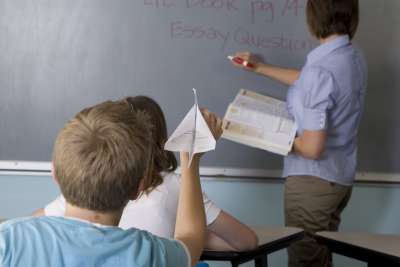Editor's note: For more information on each of the characteristics, as well as successful strategies, click on the links below. These are legitimate concerns that must be addressed if a child is to be a successful student. When these problems occur, educators are reluctant to consider gifted programming even if a crossover child qualifies on the basis of test scores and demonstrates high potential in some areas.
Four of the most common and troublesome characteristics of learning disabled students are:
- Impulsivity the tendency to jump into a situation without thinking or making a plan.
- Disorganization the inability to organize the simplest of tasks.
- Distractibility the inability to sustain attention appropriately.
- Poor memory the inability to remember information that has been taught.
- Behavioral expectations.
- Completing work and/or getting it in on time.
- Learning assigned material, especially isolated information such as spelling words and basic mathematics facts.
Students with learning disabilities as well as those who are gifted may:
- Have difficulty maintaining a sense of balance and emotional well-being when faced with being different from the majority of their peers.
- Have rather severe social problems.
- Be most affected by their shyness and introversion.
- Experience a sense of isolation and alienation from their peers.
A social skills deficit is one of the ways in which a student's learning disability may be manifested. The crossover child may face a combination of any of the above problems.







